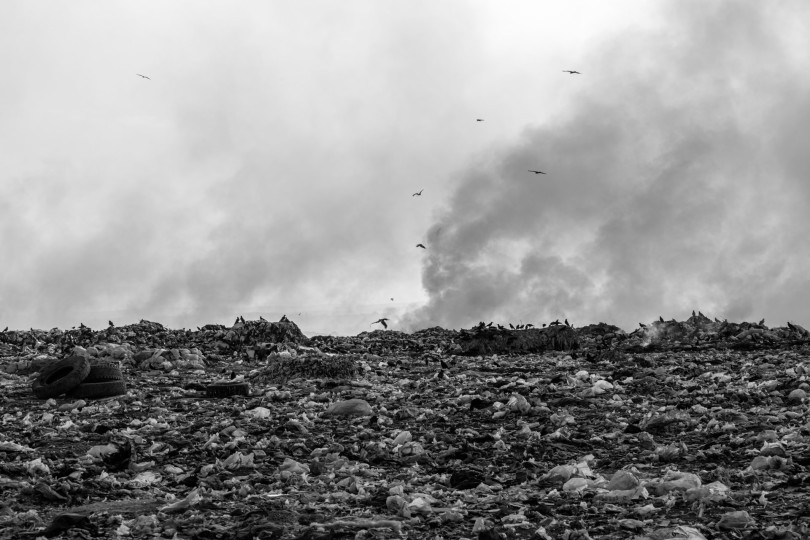How does Battery Energy Storage work?
19 Apr 24
Enviro ChatThe Global News Source for the World of Science and Chemicals
18 April 2022
Enviro Chat
The UAE is aiming to deploy the latest in advanced technologies and sustainable energy generation systems to reduce its environmental impact as part of its methane reduction plan. First announced in the wake of the COP26 summit in Glasgow last year, the plan will help the country (and by extension, the global community) to achieve its target of slashing methane emissions by 30% by 2030.
The plan itself is part of a wider drive by the UAE to become a regional and international leader in enhancing food security and curbing emissions in inhospitable conditions. This means investigating new methods of agriculture, switching to greener means of energy production and implementing the most forward-thinking techniques in waste disposal.
Although carbon dioxide might hog the headlines when it comes to climate change, methane actually has a far stronger global warming potential (albeit over a shorter timescale). In fact, it has the ability to retain up to 86 times more heat in the atmosphere than carbon over a 20-year period.
This makes it a prime target for achieving short-term gains with minimal impact, since the technologies to make a difference already exist. In fact, if the key areas of energy generation, agriculture and waste disposal are targeted and treated all over the world, it’s believed that 0.2°C of global warming could be averted.
It’s for this reason that the UAE has joined the COP26 pledge to curb methane emissions by almost a third by the end of the decade, as compared to the levels recorded at the start of it. To date, more than 100 countries (including the USA and the UK) have signed up to the pledge, accounting for over half of methane emissions worldwide.
The UAE is already a leader in this industry and as such, its assignation can grant the country the opportunity to provide a blueprint for others to follow. Since the opening of the nation’s first LPG extraction site some 50 years ago, the government has overseen a reduction of more than 90% in natural gas flaring. That has contributed to its hydrocarbon sector having one of the lowest methane intensities in the world, at just 0.01%.
Despite the country’s already impressive performance, the UAE government are not content to rest on their laurels and wish to further clean up their environmental credentials across a variety of sectors. One means of improving their energy-related emissions performance is to pioneer the use of blue hydrogen as an additive to natural gas.
Elsewhere, the UAE is also busy overhauling its agricultural industry. The hot and arid conditions of the Emirati desert make cultivating crops a highly challenging endeavour, which is why the country currently imports some 85% of its food. But by investing in new smart agri-tech ventures such as vertical farming, drones and precision farming, it hopes to set an example for other inhospitable countries to follow.
DOWNLOAD PDF

2 Day Seminar Program
@ ArabLab+ 2024
24 & 25 September 2024
Your stay in Dubai
Labkit
Product News
Chemkit
Product News
Thinking about exhibiting at ARABLAB 2024? Watch our video to find out more.
Join the world’s leading organisations…
Join our mailing list and receive the ARABLAB newsletter and event updates.